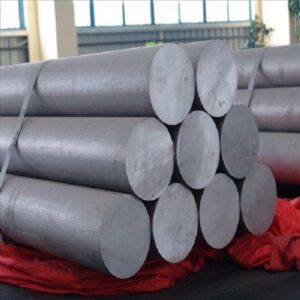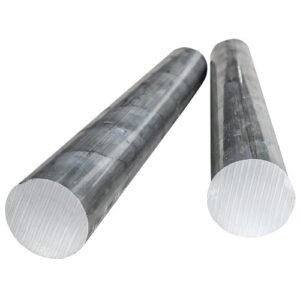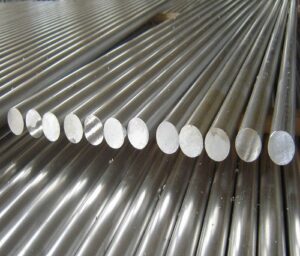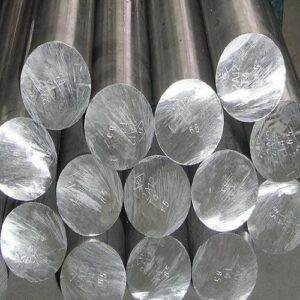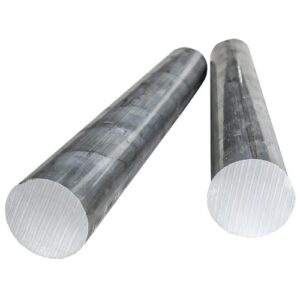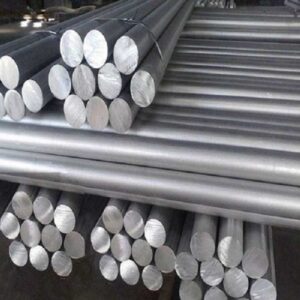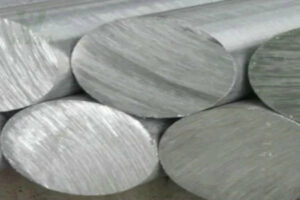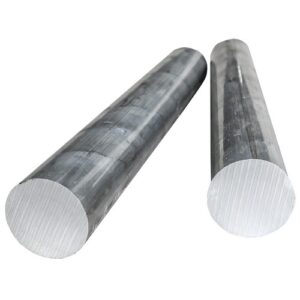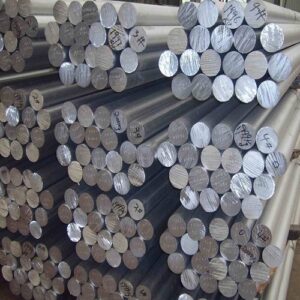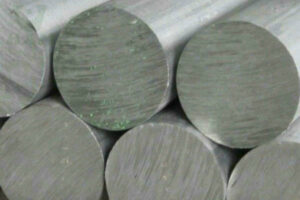3005 aluminum bar is a high-performance aluminum alloy, mainly composed of aluminum and manganese alloy elements, with excellent corrosion resistance, high strength, and excellent processing performance. It is widely used in construction, automobile manufacturing, packaging, and electrical equipment, and is particularly suitable for occasions with high requirements for strength and weather resistance. 3005 aluminum bar is not only suitable for cold processing but also can be deep drawn, welded, and other processes to meet a variety of complex manufacturing needs. We offer a variety of specifications and sizes, with sufficient inventory and fast delivery.
Contact us now to get a 3005 aluminum bar quote and more product information, our professional team will provide you with the fastest response and best service!
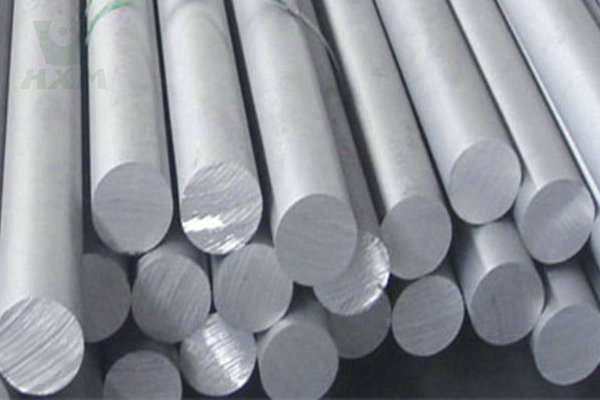
3005 Aluminum Bars Specifications
Standards: ASTM B221, B211, B565, B316 3003, DIN AlMnCu
Aluminum bar form: Aluminum round, hexagonal, flat, semi-circular, oval, rectangular black, and glossy finish
Aluminum round bar diameter: 0.1-600mm, etc.
Aluminum hexagonal bar: 0.1-600mm, etc.
Aluminum angle bar size: 0.5mm*40mm*40mm-20mm*400mm*400mm
Aluminum flat steel thickness: 0.1-600mm, etc.
Aluminum flat bar size: 1-2500mm, etc.
Aluminum round bar length: 1-12m, random, fixed, and cut length or according to customer requirements
3005 Aluminum Bars Data Sheet
Equivalent Of Aluminum 3005 Bars
| Country/Region | Standards Organization | Standard | Description |
|---|---|---|---|
| USA | ASTM | ASTM B209 | Standard Specification for Aluminum and Aluminum-Alloy Sheet and Plate |
| Europe | EN | EN 485-2 | Aluminum and Aluminum Alloys – Sheet, Strip and Plate – Mechanical Properties |
| Japan | JIS | JIS H4000 | Aluminum and Aluminum Alloy Sheets and Plates |
| China | GB | GB/T 3880 | Aluminum and Aluminum Alloy Plates, Sheets, and Strips |
| Germany | DIN | DIN 1725 | Aluminum and Aluminum Alloys – Sheets and Plates |
| International | ISO | ISO 6361-2 | Wrought Aluminum and Aluminum Alloy Sheets, Strips, and Plates – Mechanical Properties |
Chemical Composition of 3005 Aluminum Bars
| Element | Al | Mn | Mg | Cu | Fe | Si | Zn | Cr | Other, each | Other, total |
|---|---|---|---|---|---|---|---|---|---|---|
| Composition (%) | 96.8 – 98.6 | 1.0 – 1.5 | 0.2 – 0.6 | ≤ 0.30 | ≤ 0.7 | ≤ 0.6 | ≤ 0.25 | ≤ 0.1 | ≤ 0.05 | ≤ 0.15 |
Notes:
Al: The remainder of the composition is aluminum.
Mn: Added to increase strength and hardness.
Mg: Improves the strength and workability.
Cu, Fe, Si, Zn, Cr: Present in controlled amounts to enhance specific properties and performance characteristics.
Other elements: Trace amounts of other elements are present, each limited to 0.05%, and the total cannot exceed 0.15%.
Mechanical Properties and Tempers of 3005 Aluminium Bars
| Temper | Tensile Strength (MPa) | Yield Strength (MPa) | Elongation (%) | Hardness (Brinell) |
|---|---|---|---|---|
| H12 | 130 – 170 | 90 – 110 | 12 – 14 | ~45 HB |
| H14 | 140 – 185 | 100 – 125 | 10 – 12 | ~46 HB |
| H16 | 150 – 195 | 110 – 135 | 8 – 10 | ~47 HB |
| H18 | 160 – 205 | 120 – 145 | 8 – 9 | ~48 HB |
| H22 | 130 – 175 | 95 – 115 | 12 – 14 | ~45 HB |
| H24 | 140 – 185 | 105 – 130 | 10 – 12 | ~46 HB |
| H26 | 150 – 195 | 115 – 140 | 8 – 10 | ~47 HB |
| H28 | 160 – 205 | 125 – 150 | 8 – 9 | ~48 HB |
| H32 | 130 – 170 | 90 – 115 | 12 – 14 | ~45 HB |
| H34 | 140 – 185 | 100 – 125 | 10 – 12 | ~46 HB |
| H36 | 150 – 195 | 110 – 135 | 8 – 10 | ~47 HB |
| H38 | 160 – 205 | 120 – 145 | 8 – 9 | ~48 HB |
For high-quality 3005 aluminum bars and professional assistance, contact HXM, your reliable supplier of aluminum products.
Different Tempers of 3005 Aluminum Bars
-
Strain-Hardened (H12, H14, H16, H18): These tempers involve increasing hardness through cold working. The numbers indicate the degree of strain hardening, with H18 being the hardest.
-
Strain-Hardened and Partially Annealed (H22, H24, H26, H28): These tempers involve a combination of strain hardening and partial annealing to improve formability while retaining some hardness.
-
Strain-Hardened and Stabilized (H32, H34, H36, H38): These tempers provide stability in mechanical properties, combining strain hardening with stabilization treatments to enhance strength and durability.
3005 Aluminum Bar Packages
The following is our company’s standard aluminum bar export packaging. If the customer has any packaging requirements, our company can meet them.
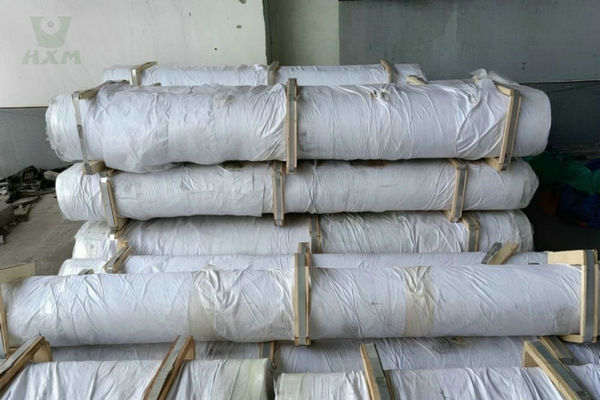
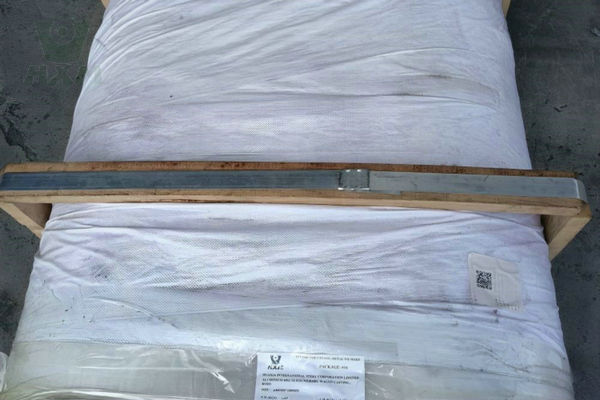
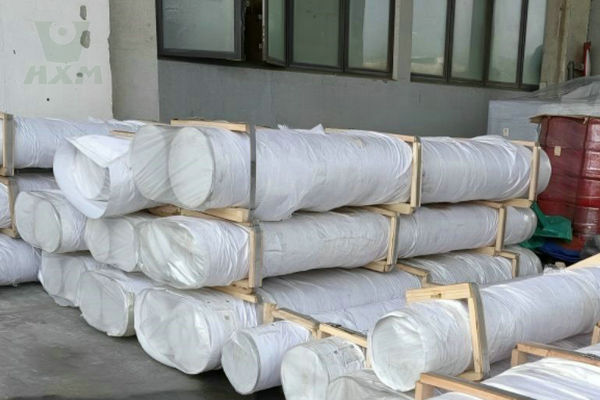
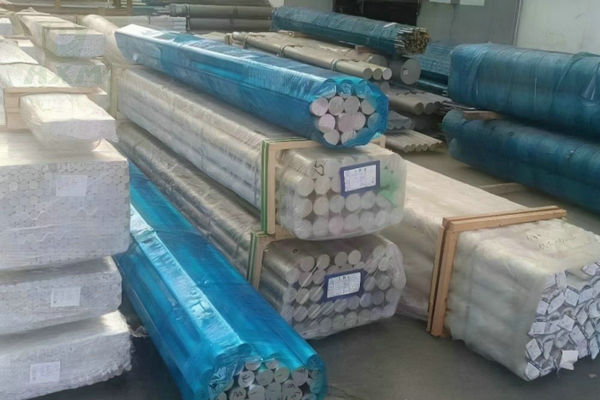
FAQ
What Is 3005 Aluminum Bar?
3005 aluminum bar is an aluminum-manganese alloy belonging to the 3000 series aluminum alloy, the main alloying element is manganese (content between 1.0% and 1.5%). Compared with other 3000 series aluminum alloys, 3005 aluminum bar has higher strength and good corrosion resistance, and is particularly suitable for applications that require long-term exposure to humid or harsh environments.
3000 Series Aluminum
3005 Aluminum Bar VS Other Aluminum Bar:
3005 vs. 3003 Aluminum Bar
Strength: 3005 aluminum is stronger than 3003, making it more suitable for applications requiring greater strength, such as construction materials.
Corrosion Resistance: Both alloys offer excellent corrosion resistance, particularly in marine and outdoor environments, but 3005 can withstand higher stress conditions.
Cost: 3003 is generally cheaper, so it is better suited for applications where lower strength is acceptable, such as cooking utensils and heat exchangers.
Application: For higher-stress or more structural applications, 3005 is a better choice, while 3003 is preferred for lower-strength uses.
3005 vs. 6061 Aluminum Bar
Strength: 6061 is significantly stronger than 3005, making it better for high-load applications such as aerospace, bridges, and marine structures.
Corrosion Resistance: While 6061 has good corrosion resistance, 3005 performs better in highly corrosive environments, especially in saltwater or humid conditions.
Formability: 3005 is easier to form than 6061, which is more rigid and harder to bend.
Cost: 6061 is generally more expensive due to its higher strength and machinability. If strength is not a critical factor, 3005 provides a cost-effective alternative.
3005 vs. 5052 Aluminum Bar
Strength: 5052 has similar strength to 3005 but offers slightly better fatigue resistance, making it suitable for applications with repeated stress, such as automotive fuel tanks.
Corrosion Resistance: Both alloys offer excellent corrosion resistance, but 5052 performs better in marine environments due to its magnesium content.
Formability: Both have good formability, but 5052 is often preferred for more complex shapes requiring high ductility.
Cost: 5052 is typically more expensive than 3005 due to its superior fatigue strength and resistance to harsh environments. For moderate-strength, cost-conscious applications, 3005 is a better option.
3005 vs. 7075 Aluminum Bar
Strength: 7075 is far stronger than 3005 and is commonly used in high-stress applications such as aerospace components, where strength is critical.
Corrosion Resistance: 3005 has much better corrosion resistance than 7075, which can be prone to stress corrosion cracking in harsh environments.
Formability: 7075 is much less formable than 3005, which makes 3005 a better choice for projects requiring bending or deep drawing.
Cost: 7075 is significantly more expensive due to its high strength and specialized uses. It is overkill for general applications where 3005’s moderate strength and corrosion resistance suffice.
3005 vs. 1100 Aluminum Bar
Strength: 3005 is much stronger than 1100, making it better for structural applications.
Corrosion Resistance: Both have excellent corrosion resistance, but 1100 is typically used in applications where strength is not required, like in chemical equipment and electrical conductors.
Formability: 1100 offers superior formability due to its high purity, while 3005 is better for applications requiring a balance of strength and formability.
Cost: 1100 is one of the cheapest aluminum alloys, but for structural applications, the additional cost of 3005 is justified by its higher strength.
How Can I Get A Sample Of 3005 Aluminum Bars?
Please contact us directly and send us the material, specification, quantity and delivery address of the samples you need.
Features of 3005 Aluminum Bars:
Higher Strength: Compared with 3003 aluminum alloy, 3005 aluminum rod has higher strength and is suitable for use in structural parts that require medium strength.
Excellent Corrosion Resistance: 3005 aluminum alloy has good corrosion resistance in atmospheric and marine environments and is suitable for outdoor or humid environments.
Good Machinability: It can be processed by various processes such as welding, deep drawing, stretching, etc.
Good Formability: It is suitable for cold and hot processing and is easy to form complex shapes.
Application of 3005 Aluminum Bars:
Construction Industry: used for roofing materials, curtain walls, and building structures.
Packaging Industry: used for the manufacture of food, beverage, and pharmaceutical packaging containers.
Automobile Manufacturing: suitable for body panels, roofs, and other automotive parts that need to be lightweight.
Electrical Equipment: used to manufacture conductive parts in air conditioners, refrigerators, radiators, and other equipment.
